 OPINION (Photo by Scott Olson/Getty Images)
OPINION (Photo by Scott Olson/Getty Images)The first scene I went to on my next shift was the shooting of the man police suspected of the previous night’s crime. He’d been shot on the West Side and was in critical condition. Police said he’d been set up by his getaway driver.I had my eyes open on more than a few occasions, myself. What is true in those occasions is merely a very small part of what I experienced, like Peter Niceas, in medias res.
I barely had time to process any of that. The following night, multiple witnesses started calling in gunfire from a single neighborhood, many giving descriptions of the shooters. I was just a mile away. As I got closer, driving slow along a stretch of 47th Street where giant trees loomed overhead, creating the effect of a tunnel, I cracked my window, listening. There were no cops in sight. From about a block away, I saw a handful of guys standing in the street, one of them shooting. I saw the muzzle flash, could smell the smoke, saw it hanging over 47th Street in the cool blue of early morning. Everything slowed down at that moment. Each shot echoed and reverberated. It was as if I could feel the sound moving toward me.
I pulled over and watched the guys jump into two cars and start speeding in my direction. They flew past, toward the Dan Ryan Expressway. Two SUVs followed. I could hear the engine of the first one thrumming as it sped through a red light at the intersection where I was parked. The trailing SUV swerved around a van coming out of the old stockyards and careened through the intersection. I watched the SUVs in my rearview mirror, and just as I was thinking, Please don’t crash, they did. One into the back of the other.
Two guys jumped out of one of the SUVs and fled south. The other SUV kept flying toward the Dan Ryan. Feeling exposed, I pulled into a tiny parking lot just off the intersection and turned my lights off. A car circled the block twice. The third time, the driver slowed down, leaned forward to make eye contact with me, yelled something I couldn’t understand, and drove off. I waited a few seconds and, sensing a safe moment to get a little farther from the scene, started to pull away just as a police Tahoe approached. One of the officers got out, shouldered an AR-15, and made a wide circle around the passenger side of the smoldering SUV while his partner walked up to the driver’s side, right hand on her gun. I thought there was a chance that they would find a victim or a shooter inside, but the SUV was empty.
I got out to talk with the officers. They said the crashed vehicle was registered to someone who lived nearby. It was a “rammer,” bought by gangbangers for a few hundred dollars so they could wreck it chasing other guys around the neighborhood. In the end, no one had been shot. Just a bit of chaos, barely a city news footnote.
When it was all over, I was shaking a little, but I felt good. I hadn’t freaked out. I’d kept my head clear and my eyes open.
Classical tragedy always begins in medias res. The audience has some of the truth 'revealed' or has its collective eyes opened by the drama unfolding on the stage.
Life is prosaic. It is not neat and tidy, like the poetry of a Sophocles, or Shakespeare and no where near as tight and complete as the agreed upon narrative played out in the media and by the grandstanding investors of social engineering.
There is no right side of history. That phrase was first used by Rabbi Henry Pereira Mendes in his 1903 book Old Eygpt. The right/wrong side of history is only determined well after the impact of events can be determined.
Cops are heroes. A scant few of them are not. The efforts of heroes to stop the madness of urban thug-ery remains smeared by poetic rhetoric emanating from academic/lawyers and politicians with the goal of ending all local law enforcement and instituting a National police force. God help us.
If you are supporting that, just say so. Do not diminish the truth of what police officers experience.
The Sun Times has taken the side against the police, but not a right or wrong side of history.

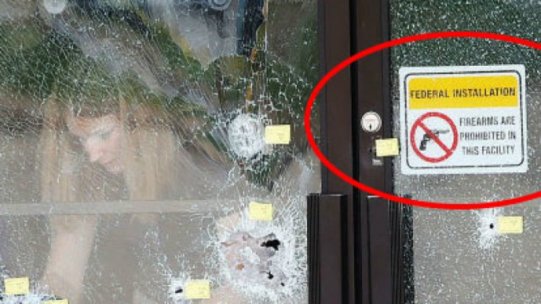



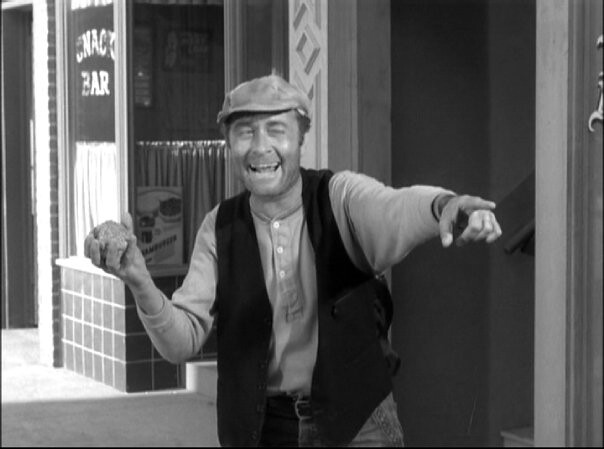


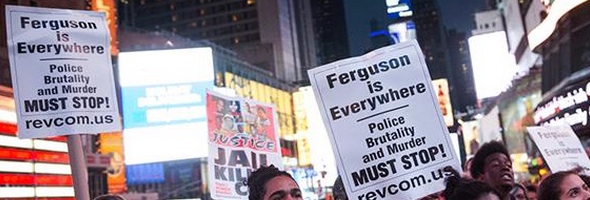
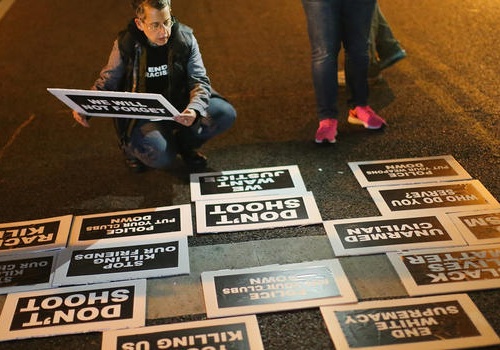

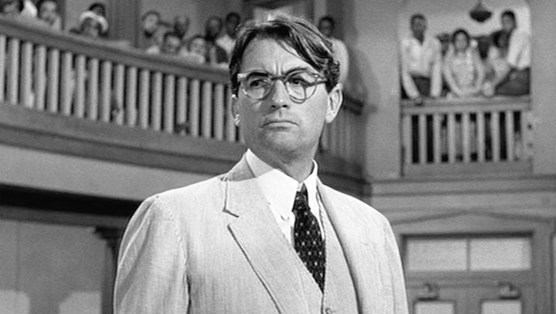 . especially activist lawyers who even dress like old Atticus. Progressives view the rest of us as Ernest T. Bass.
. especially activist lawyers who even dress like old Atticus. Progressives view the rest of us as Ernest T. Bass.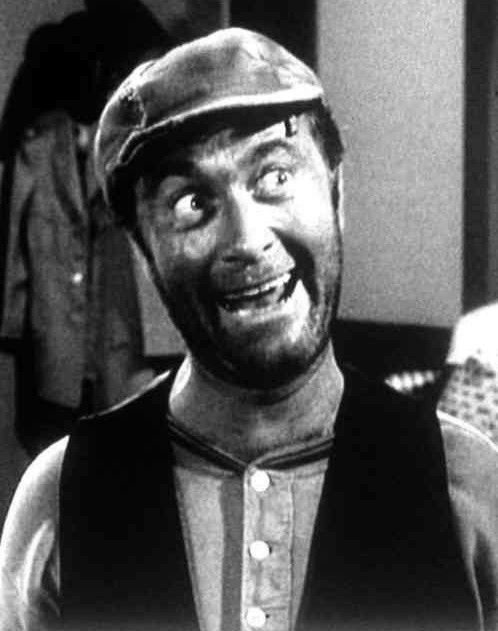
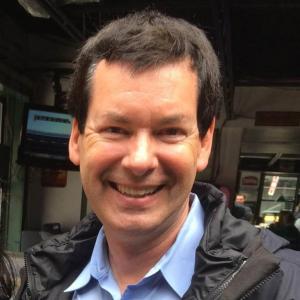
 Proco Joe, at the prodding of Rahm Emanuel, made a national joke of himself ( always a good litmus test for a Progressive - see Jan Schakowsky and Mike Quigley) when he thundered against fried boneless chicken.
Proco Joe, at the prodding of Rahm Emanuel, made a national joke of himself ( always a good litmus test for a Progressive - see Jan Schakowsky and Mike Quigley) when he thundered against fried boneless chicken.












